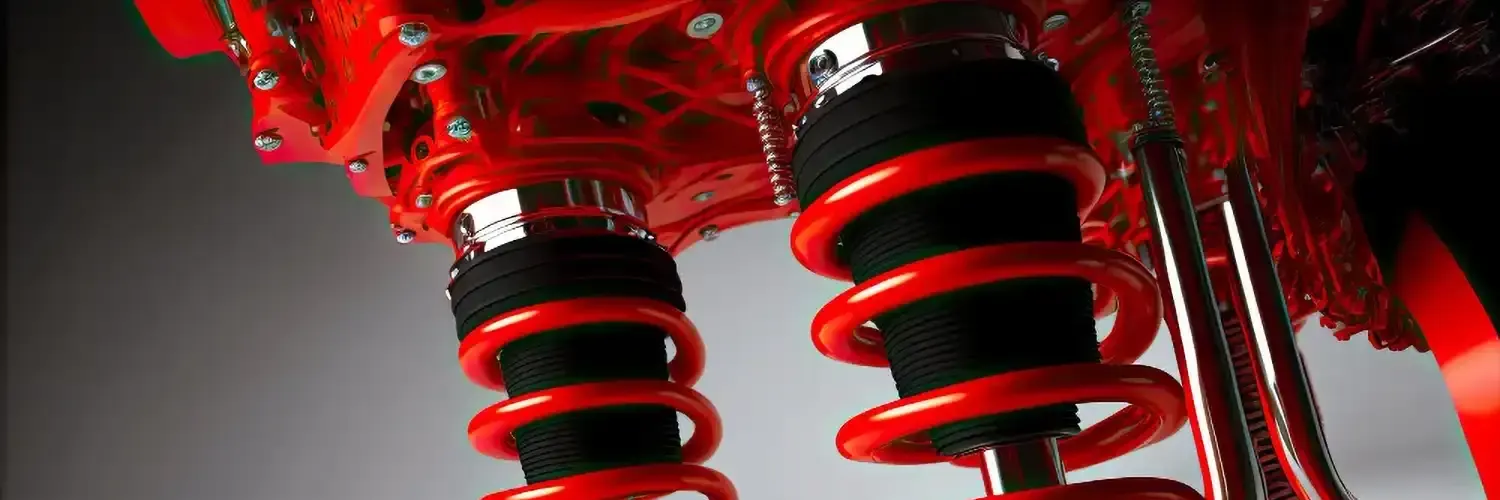Shocks and Struts
What's the difference between shocks and struts?
Many times, you'll hear people refer to shocks and struts interchangeably. However, shocks and struts are two distinct parts with different functions. Every wheel on your vehicle has either a shock or strut. Your vehicle could have shocks on the front and struts on the back, or some other combination. Shocks and struts work in different ways, but both help your vehicle's ride by:
- Reducing vehicle bounce, roll and sway
- Maintaining consistent handling and braking
- Maintaining wheel alignment
- Reducing wear on tires and other suspension parts
Shocks
Shock absorbers are hydraulic components that help minimize movement generated by the vehicle's springs. The key components of the shock absorber are a piston, a coil, and hydraulic fluid. When the car wheel dips into a pothole or crevice for example, the shock initiates a compression cycle, and a piston exerts pressure on hydraulic fluid in the upper chamber of the device. The fluid slows down the coil as it relaxes back into place.
The result is the springs absorb some of the jolts you might feel from uneven or damaged roads. Modern shock absorbers are velocity-sensitive - meaning the faster the suspension moves, the more resistance the shock absorber provides. Because of this, shock absorbers adjust to varying road conditions.
Struts
Struts are the structural part of the suspension system and they are found in most front-wheel drive vehicles. Struts are designed to be much stronger than shocks since they are weight-bearing components. They integrate numerous different suspension parts into one assembly, which take the place of the upper control arm and upper ball joint used in conventional suspensions. Because of its design, a strut is lighter and takes up less space than the shock absorbers in conventional suspension systems.
While most struts feature the spring and pump mechanism design, not all struts have springs. If you are unsure whether your vehicle has struts or shocks, bring your vehicle to Baseline for an inspection.
When to replace shocks & struts
Driving on bad shocks or struts isn't just uncomfortable, it can be dangerous! Shocks and struts can wear out, especially if you do a lot of off-roading or drive on uneven or rough roads. Here are a few warning signs to watch for:
- Noticeable fluid leaks
- Your vehicle sways going around turns or changing lanes
- The front of your car dips when braking
- The rear of your car dips when accelerating
- Abnormally 'bald patches' on tires
- Excessive vehicle bounce
- Poor control at high speed
It is recommended that you have your shocks and struts inspected after 50,000 miles or according to your vehicle manufacturer's maintenance schedule. Request an appointment with Baseline Tire & Auto today!
